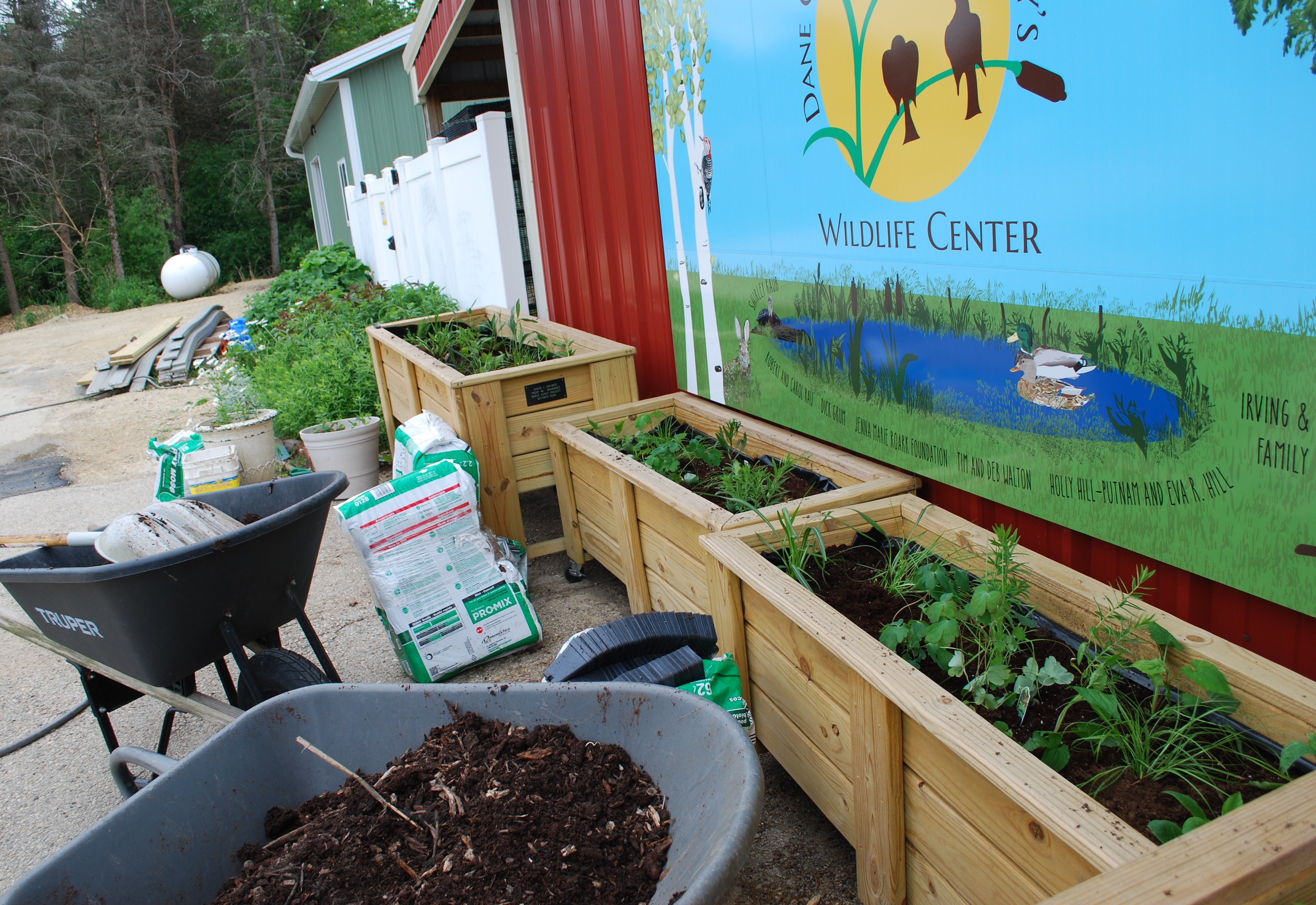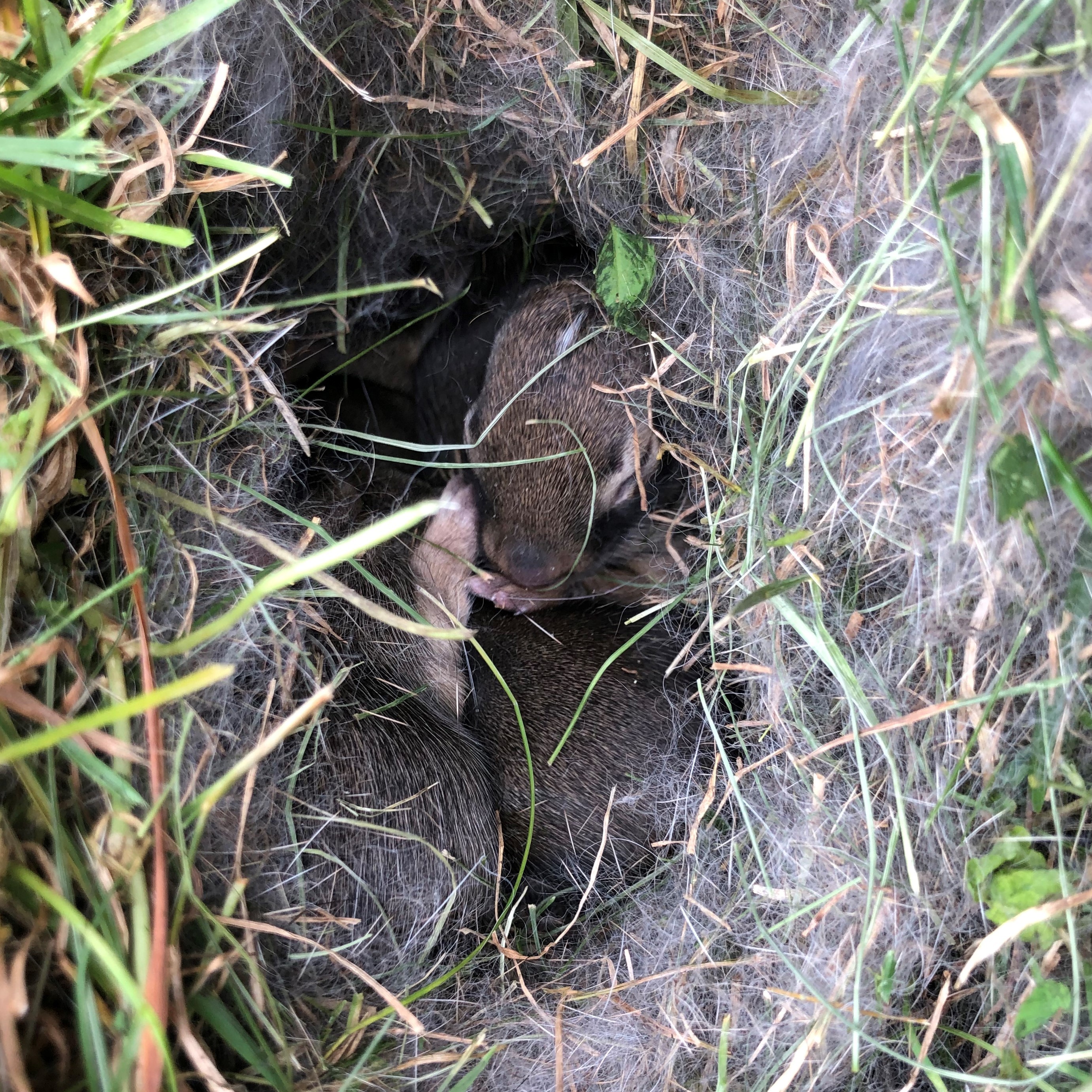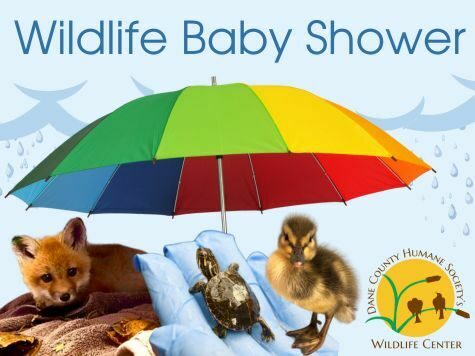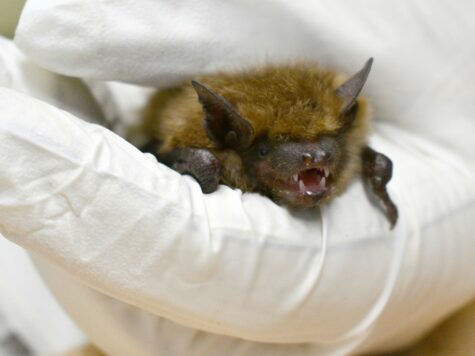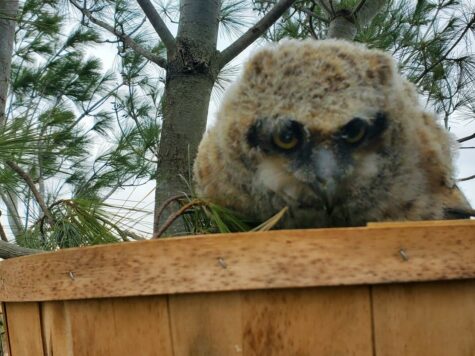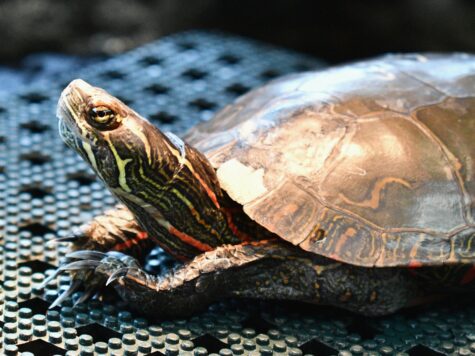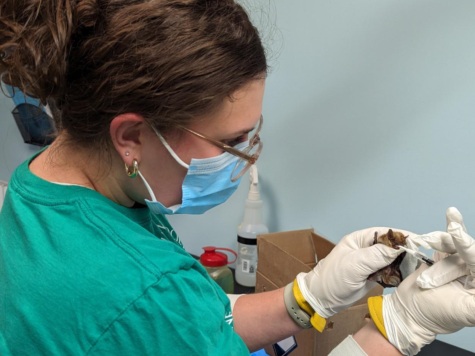It may not seem like it with the recent snow storm in Wisconsin, but spring is here! With spring comes the arrival of breeding season for many of our wildlife species. It also is the time to break out those gardening gloves and think seriously about maintaining yards or natural areas around homes. Unfortunately, these two can come into conflict sometimes!
“Wild parents do the very best job of raising their young and it is vital to keep healthy young with their parents and to reserve rehabilitation for only those truly injured or orphaned,” states Paige Pederson, Wildlife Operations Supervisor at Dane County Humane Society’s Wildlife Center.
Here are some tips to help Keep Wildlife Wild and safe with their parents:
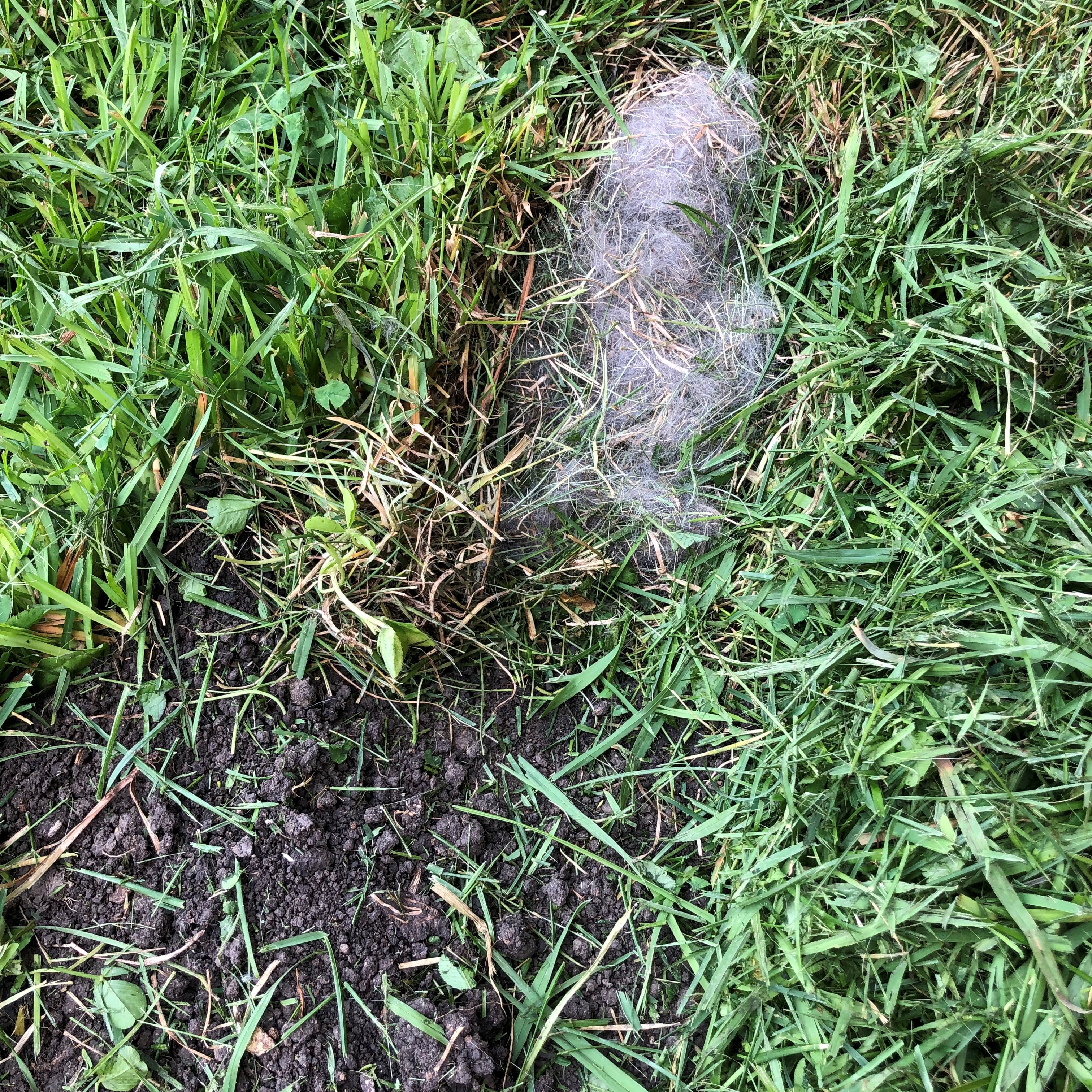
Look Before You Leap on the Lawnmower
Eastern cottontails are already nesting in Wisconsin and they are right at home in urban environments. Infants grow quickly and become independent after only 4 weeks! To keep their young safe, a cottontail mother will only visit the nest site twice a day – at dawn and dusk.
“Most callers don’t know they had a nest of rabbits outside their home until yardwork disturbs the nest,” says Paige. Nests are dug into the ground and are very unobtrusive. Cottontails may build nests along the edge of a fence or building, but occasionally also choose a spot right in the middle of the yard. A key giveaway is the presence of rabbit fur that lines the nest or noticing an adult returning to the same area each morning or evening.
Paige often gives the advice, “I suggest taking a walk around your yard to check for nests before you jump on that lawnmower or break out the shovels to work in the garden to avoid disturbing a nest. Since cottontails grow so quickly, they can be easy to work around for the short-term.”
Click on our PDF to learn how to successfully reunite cottontails if you accidently disturb an active nest.
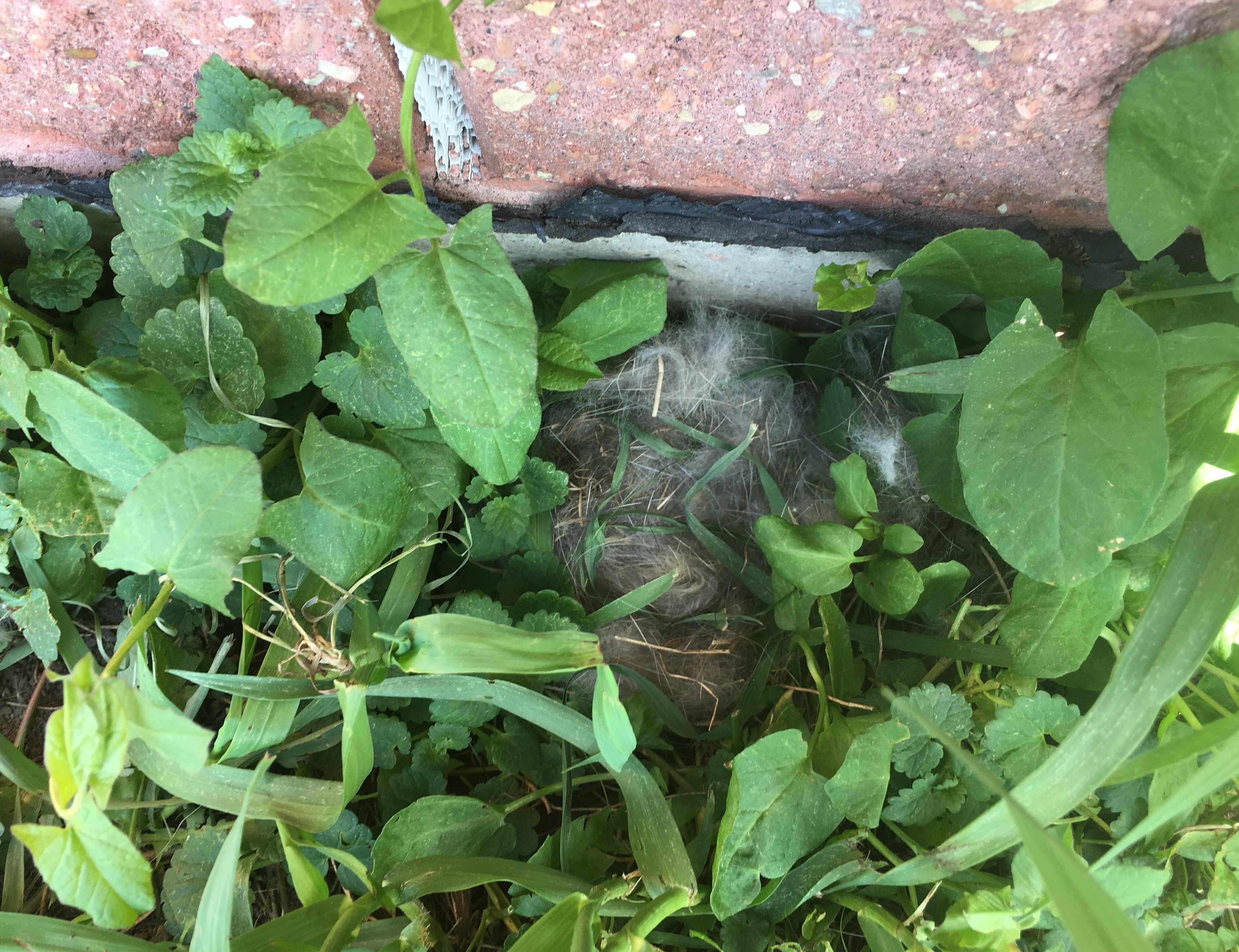
Time Your Tree Trimming
Both mammal and avian species will take advantage of the trees in your yard for food, protection from the elements, and to raise their young. Despite the snow, the Wildlife Center has already received infant eastern gray squirrels. “Since we’ve admitted infant squirrels in March, we know that the baby season has officially begun and recommend postponing any tree removal or trimming until the fall. In fact, our own tree removal projects at DCHS will now be postponed,” indicates Paige.
Gray squirrels are some of the earliest mammals to have their young, but great horned owls have already nested as well. Not far behind will be a plethora of native bird species utilizing nests in a variety of bushes and trees. If trimming is necessary, take a thorough look through the branches for nests and keep in mind that many species are cavity nesters. Hollowed branches or tree trunks might be home to woodpeckers, eastern screech owls, or more.
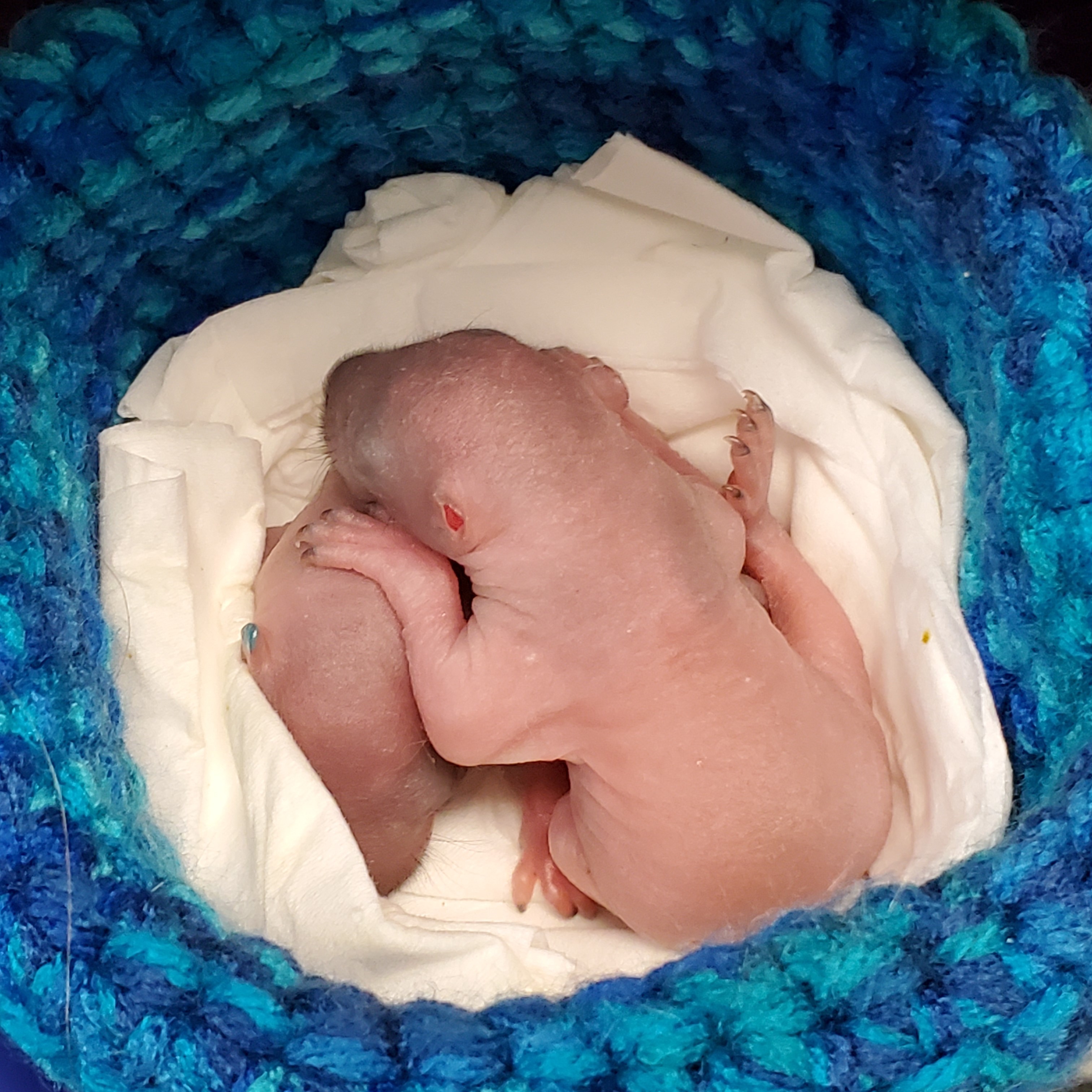
If you spot an active bird nest, know that most species will fledge and leave within 3 to 4 weeks from hatching and postponing yard work can be an easy step to protect them. Active bird nests are also federally protected under the Migratory Bird Treaty Act.
What happens if you didn’t notice a squirrel or bird nest until it was on the ground? Reuniting or renesting is the answer! Click on our reference materials to learn more about reuniting squirrels and renesting songbirds.
Wildlife are Neat and so are Native Plants
Want to attract more wildlife to your yard to enjoy nature watching this year? After checking for eastern cottontail nests, consider planting native plants in your garden or yard. Flowers can provide food for hummingbirds and insects (attracting birds) and fruiting bushes offer a variety of food options for numerus wild species.
To support wildlife in rehabilitation, you can also donate berries, greens, nuts, and branches to your local wildlife rehabilitator. To learn more about items needed at DCHS, visit our website.
